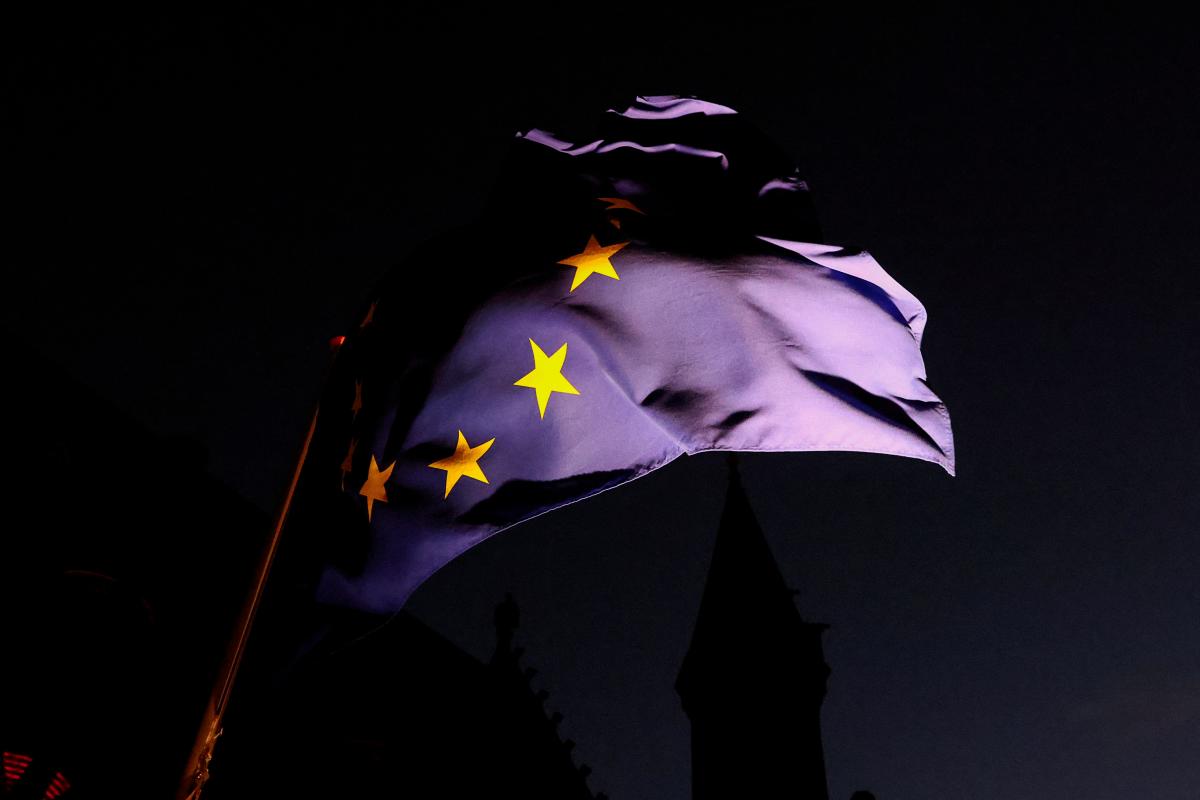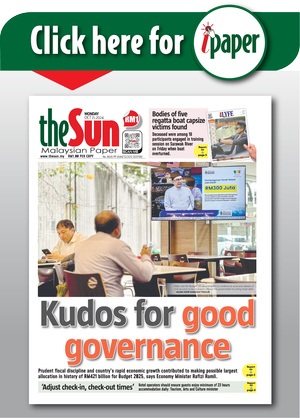BRUSSELS: The European Union braced on Friday for a possible letter from U.S. President Donald Trump, outlining planned duties on his largest trade and investment partner after a broadening of his tariff war in recent days.
The EU initially hoped to strike a comprehensive trade agreement, including zero-for-zero tariffs on industrial goods, but months of difficult talks have led to the realization it will probably have to settle for an interim agreement and hope something better can still be negotiated.
The 27-country bloc is under conflicting pressures as powerhouse Germany urged a quick deal to safeguard its industry, while other EU members, such as France, have said EU negotiators should not cave into a one-sided deal on U.S. terms. After keeping much of the world guessing his intentions, Trump has outlined new tariffs for a number of countries, including allies Japan and South Korea, along with a 50% tariff on copper, and a hike to 35% on Canadian goods.
His cascade of tariff orders since returning to the White House has begun generating tens of billions of dollars a month in new revenue for the U.S. government, and data due later on Friday is expected to show
collections
since inauguration day in January through June have shot past $100 billion - equal to or greater than the largest annual take ever from customs duties.
“We remain locked and loaded to sign an agreement with the U.S.. Let’s see what happens when our friends in Washington wake up a few hours from now,“ EU spokesperson Olof Gill told a briefing.
A source with knowledge of the U.S.-EU negotiations said an agreement was close, but that it was hard to predict if the EU might still get a letter announcing more tariffs or when any agreement might be finalised.
An EU diplomat, speaking on condition of anonymity, said the EU was strong when it acted together. “It is important that the pain or gain is distributed equally. We cannot have just one country or sector that takes the win.”
European shares dipped on Friday as investors awaited word on tariffs for the EU, while U.S. stocks dipped in response to the upsized tariff rate Trump announced for Canada late on Thursday. Gold prices, meanwhile, rose for a third straight session on higher demand for the safe-haven asset.
Investors appear increasingly inured to Trump's tariff announcements after having near-panic reactions to the earliest announcements in late winter and early spring.
Still, the jacked-up rates Trump unveiled out of the blue this week on Brazil and then Canada are emblematic of his unpredictable approach to rolling out the levies. The 35% tariff on Canada is an increase from the current 25% rate he had assigned and is a blow to Canadian Prime Minister Mark Carney, who was seeking to agree a trade pact with Washington.
According to Trump, the new rate will take effect on August 1 and could go up further if Canada retaliates.
“Throughout the current trade negotiations with the United States, the Canadian government has steadfastly defended our workers and businesses. We will continue to do so as we work towards the revised deadline of August 1,“ Carney said on X.
The EU has drawn up countermeasures against Trump's tariffs, but has not imposed them. An initial 21 billion euros ($24.5 billion) of levies on U.S. imports due in April was suspended before taking effect. Another package, on some 72 billion euros of U.S. imports, could also be applied.
“Basically, if a political decision is made to extend the suspension, then we’ll extend the suspension,“ Gill said.
“If we need to unsuspend it, we can do that, you know, at the drop of a hat,“ he added.
CONSTRUCTIVE
Elsewhere U.S. Secretary of State Marco Rubio met with Chinese Foreign Minister Wang Yi in Kuala Lumpur on Friday, as the two powers vied to push their agendas in Asia.
Both sides described the meeting as constructive.
China this week warned the United States against reinstating hefty levies on its goods next month and Beijing has also threatened to retaliate against nations that strike deals with the United States to cut China out of supply chains.
Trump has periodically railed against the EU, saying in February that it was “formed to screw the United States” and asking why Europe exports so many cars but buys so few from the U.S. in return.
His biggest grievance is the U.S. merchandise trade deficit with the EU, which in 2024 amounted to $235 billion, according to U.S. Census Bureau data. The EU has repeatedly pointed to the U.S. surplus in services that in part redresses the balance.
The potential escalation between the EU and the U.S. is a big deal for financial markets, said Joseph Capurso, head of international economics at the Commonwealth Bank of Australia. “If you get something similar to (the U.S.-China trade war in April), that’s going to be very destabilizing.” - Reuters









